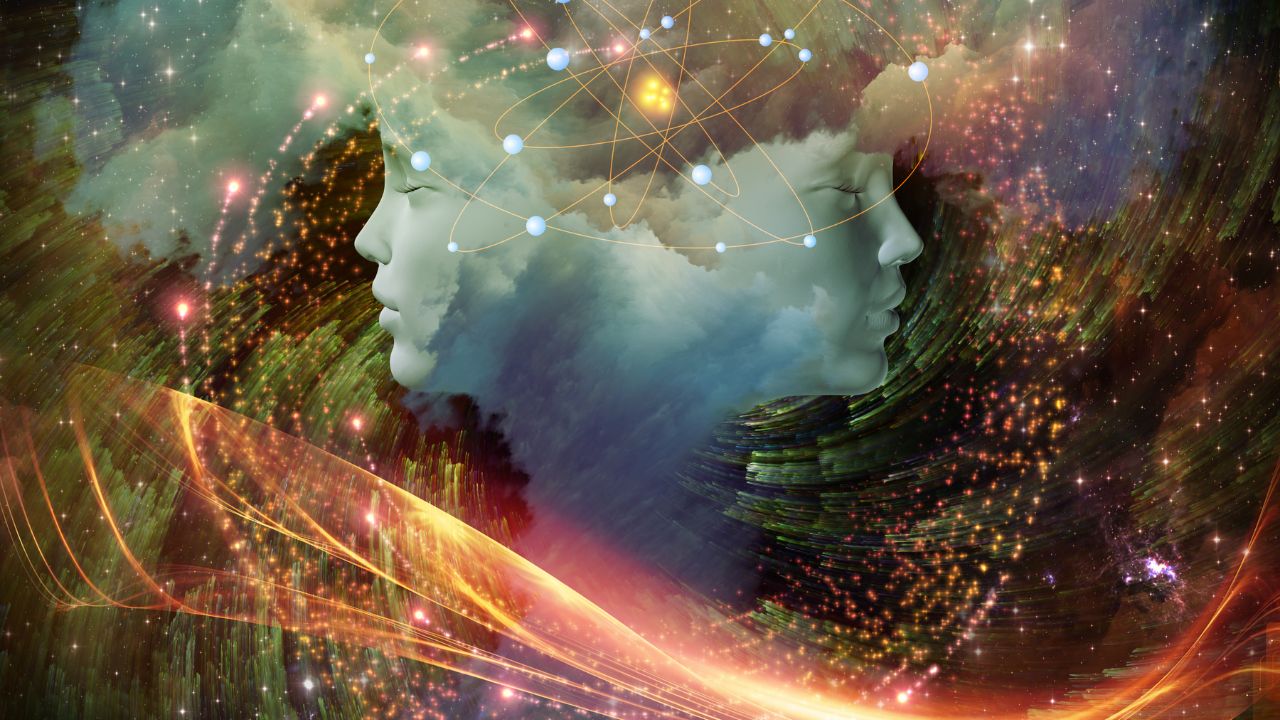Introduction
Dreaming is a universal and enigmatic experience that has fascinated humans for centuries. Every night, we enter a world of vivid imagery and surreal narratives that often leave us with lingering emotions and thoughts. In this article, we delve into the mysteries of dreaming and explore the insights that brain science has provided in understanding this fascinating phenomenon.
Historical Perspectives on Dream Interpretation
Dreams have been a subject of interest since ancient times, with various civilizations attributing different meanings to them. The Egyptians believed that dreams were divine messages, while the Greeks saw dreams as glimpses into the future. Native Americans considered dreams as a way to connect with spirits and ancestors.
Sigmund Freud, the father of psychoanalysis, introduced a revolutionary theory on dream interpretation. He believed that dreams were manifestations of unconscious desires and suppressed thoughts. According to Freud, dreams provided a window into the hidden depths of the human psyche.
“Dreams are the royal road to the unconscious,” Freud once famously said, emphasizing the importance of dreams in understanding the human mind.
Carl Jung, a Swiss psychiatrist and psychoanalyst, expanded on Freud’s ideas and introduced the concept of archetypes in dreams. Jung believed that dreams contained symbols and themes that were universal across cultures and represented innate human experiences.
Sleep Cycles and Dream Stages
Understanding the different sleep stages is crucial in deciphering the mysteries of dreaming. Sleep is divided into two main phases: non-rapid eye movement (NREM) sleep and rapid eye movement (REM) sleep.
NREM sleep is further divided into four stages, each characterized by varying levels of brain activity and relaxation. Dreams can occur during NREM sleep, but they are generally less vivid and memorable compared to REM sleep dreams.
REM sleep, on the other hand, is where the most intense and memorable dreaming occurs. During REM sleep, the brain’s activity is similar to that of waking hours, while the body is virtually paralyzed, likely to prevent us from acting out our dreams.
The Neuroscience of Dreaming
Thanks to advancements in brain imaging technology, researchers have made significant progress in understanding the neurological basis of dreaming. The brain regions involved in dreaming include the hippocampus, amygdala, and prefrontal cortex.
The hippocampus, known for its role in memory formation, plays a crucial role in dream recall and consolidation. The amygdala, responsible for processing emotions, contributes to the intense emotional experiences we often have in dreams.

The prefrontal cortex, responsible for executive functions and decision-making, is less active during dreaming, which may explain the lack of critical thinking and rationality in dream narratives.
Dreams and Emotional Processing
Dreams are not just random sequences of events; they often reflect our emotional states and experiences. Research has shown that the emotions experienced during dreams can be just as intense as those experienced in waking life.
Dr. Rosalind Cartwright, a pioneer in dream research, emphasized that dreams play a role in emotional regulation and serve as a way for the brain to process and cope with daily emotional experiences.
For example, individuals who have experienced trauma may have recurring nightmares, which could be the brain’s way of attempting to resolve and come to terms with the traumatic event.
Lucid Dreaming: A Window into Consciousness
Lucid dreaming is a unique state where the dreamer becomes aware that they are dreaming while still in the dream. This awareness allows the dreamer to have some control over the dream’s content and direction.
Research on lucid dreaming has offered valuable insights into the nature of consciousness and the boundaries between waking and dreaming states. Some scientists argue that lucid dreaming blurs the lines between the two, suggesting that consciousness may be more fluid and dynamic than previously believed.
Dr. Stephen LaBerge, a prominent lucid dream researcher, stated, “Lucid dreaming is a learnable skill that allows you to take control of your dreams, enhancing your waking life in the process.”
Dreaming and Memory Consolidation
While the exact purpose of dreaming is still debated, one of the prominent theories suggests that dreams aid in memory consolidation. During REM sleep, the brain processes and stores memories, which may contribute to improved learning and problem-solving abilities.
Studies have shown that individuals who experience more REM sleep tend to have better memory recall and cognitive performance. Dreams seem to play a role in selecting and processing important information, helping us retain essential memories while discarding less relevant ones.
Nightmares and Dream Disorders
Nightmares are distressing dreams that can lead to feelings of fear, anxiety, and even panic upon waking. While occasional nightmares are common and usually harmless, frequent and severe nightmares can be indicative of underlying psychological issues.
Nightmares can be triggered by various factors, including trauma, stress, and certain medications. They can be particularly concerning for individuals with post-traumatic stress disorder (PTSD) or other anxiety disorders.
REM sleep behavior disorder (RBD) is another sleep disorder related to dreaming. In RBD, individuals physically act out their dreams, potentially causing harm to themselves or their sleep partners.
Therapeutic approaches, such as cognitive-behavioral therapy, have been found to be effective in managing nightmares and dream-related disorders.
Cultural and Individual Variations in Dreaming
While the universal nature of dreaming is evident, the content and interpretation of dreams can vary significantly across cultures and individuals. Cultural beliefs, experiences, and values shape the symbols and themes that appear in dreams.
A study by Dr. G. William Domhoff, a prominent dream researcher, revealed that culture influences not only the content of dreams but also how individuals perceive and remember their dreams.
Understanding these cultural and individual differences is essential for accurate dream analysis and interpretation. Analyzing dreams within their cultural context allows for a more comprehensive understanding of their significance and personal relevance.
The Future of Dream Research
The study of dreams is an ever-evolving field, with continuous advancements in neuroscience and technology pushing the boundaries of our understanding.
Functional magnetic resonance imaging (fMRI) and electroencephalogram (EEG) studies have provided invaluable insights into the brain’s activity during dreaming, allowing researchers to map the neural networks responsible for dream formation.
As dream research progresses, interdisciplinary collaborations are becoming more common, bringing together experts from neuroscience, psychology, anthropology, and other fields to shed light on the multifaceted nature of dreaming.
While we have come a long way in unraveling the mysteries of dreaming, much remains to be discovered. Dream researchers continue to explore questions surrounding the purpose and function of dreams, their role in memory consolidation, and their potential therapeutic applications.
Conclusion
The enigmatic world of dreaming has captivated humans throughout history, and brain science has been instrumental in shedding light on this mysterious phenomenon. From the historical perspectives on dream interpretation to the neuroscience behind dream generation, our journey through the realm of dreams has been both fascinating and enlightening.
While many questions still await answers, the integration of brain science and dream research continues to provide valuable insights into the human mind andyou can try this out consciousness. As we peer deeper into the realm of dreams, we are bound to discover more about ourselves and the intricacies of the human experience.

Greetings, dear dreamers and seekers of emotional and spiritual healing. I am Aria Blake, a passionate and dedicated professional psychologist…More

